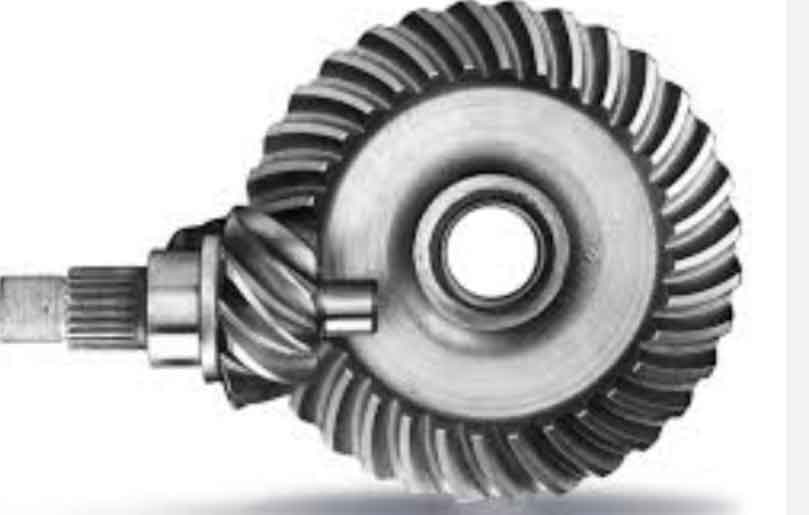
Hypoid gears are a type of bevel gears that have unique characteristics, making them suitable for various applications in different industries. Let’s explore the basics and applications of hypoid gears:
Basics of Hypoid Gears:
Hypoid gears are similar to spiral bevel gears but have a difference in their axis placement. While the axes of spiral bevel gears intersect, the axes of hypoid gears do not intersect but are offset from each other. This allows hypoid gears to transmit motion between non-intersecting and non-parallel shafts.
The tooth profile of hypoid gears is also different from straight bevel and spiral bevel gears. It is a combination of a helical and a spiral bevel gear, resulting in better tooth contact and smoother meshing. This unique tooth profile allows for higher torque transmission and efficiency.
Applications of Hypoid Gears:
Hypoid gears find applications in various industries due to their distinct features. Some common applications include:
1. Automotive Industry: Hypoid gears are commonly used in automotive applications, especially in the drivetrain systems of rear-wheel-drive and all-wheel-drive vehicles. They are widely employed in differential assemblies to transfer torque from the driveshaft to the rear wheels. The offset design allows for compact and efficient packaging of the drivetrain.
2. Power Tools: Hypoid gears are used in power tools such as angle grinders and circular saws to transfer power from the motor to the cutting blades. Their high torque transmission capabilities make them suitable for heavy-duty applications.
3. Robotics and Automation: Hypoid gears can be found in robotic arms and automation systems where high torque and efficiency are required. Their offset design allows for efficient power transmission between non-parallel axes in compact spaces.
4. Industrial Machinery: Hypoid gears are utilized in various industrial machinery, including agricultural equipment, construction machinery, and material handling systems, where high torque and efficiency are essential.
5. Marine Propulsion: In some marine propulsion systems, hypoid gears are used to transfer power from the engine to the propeller shaft, enabling efficient propulsion in watercraft.
6. Wind Turbines: Hypoid gears are employed in wind turbines to transfer power from the turbine blades to the generator, converting wind energy into electrical energy.
7. Aviation: In aircraft applications, hypoid gears may be used in certain auxiliary power systems and mechanisms.
8. HVAC Systems: Hypoid gears can be found in some HVAC systems to transfer power from motors to fans and blowers.
In summary, hypoid gears are versatile components used in a wide range of applications, particularly in automotive drivetrains and power transmission systems where high torque, efficiency, and compactness are crucial. Their unique design and characteristics make them a suitable choice for various industries seeking efficient power transmission solutions.
